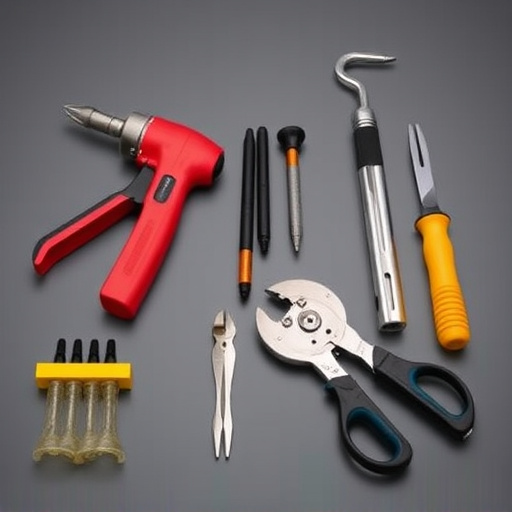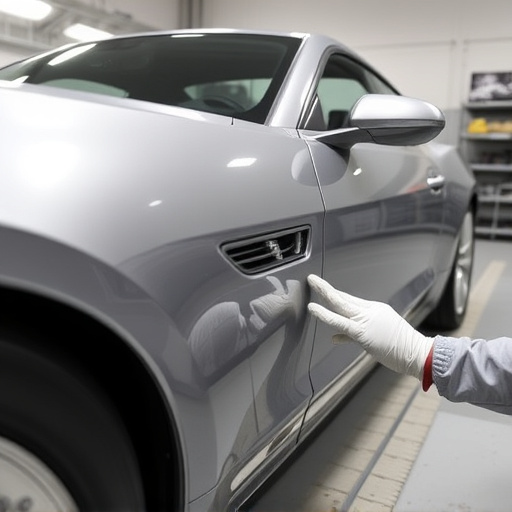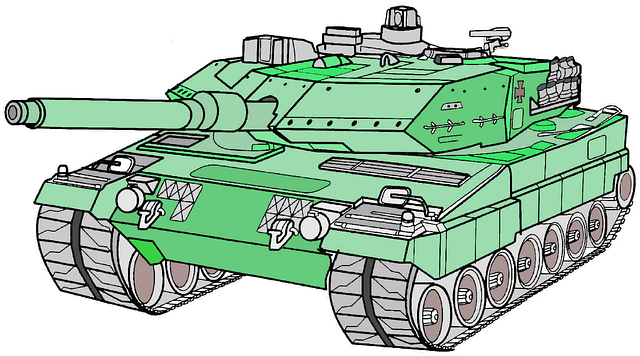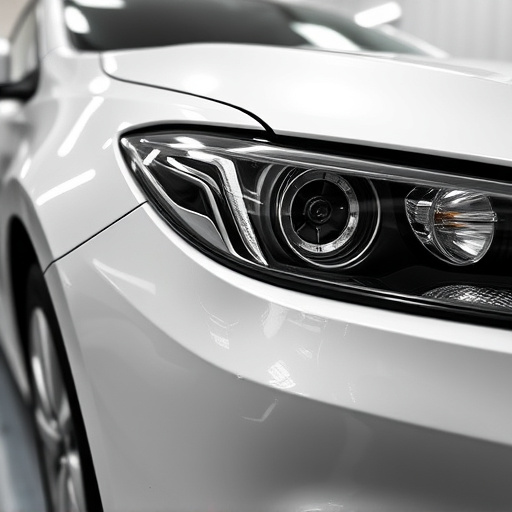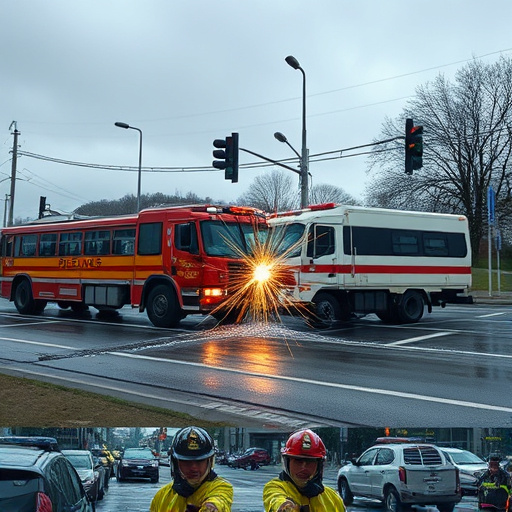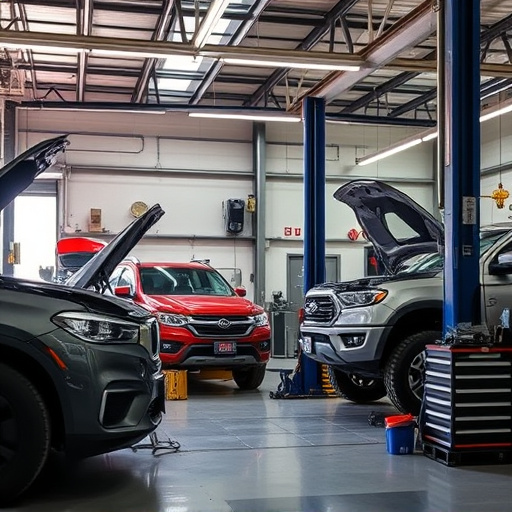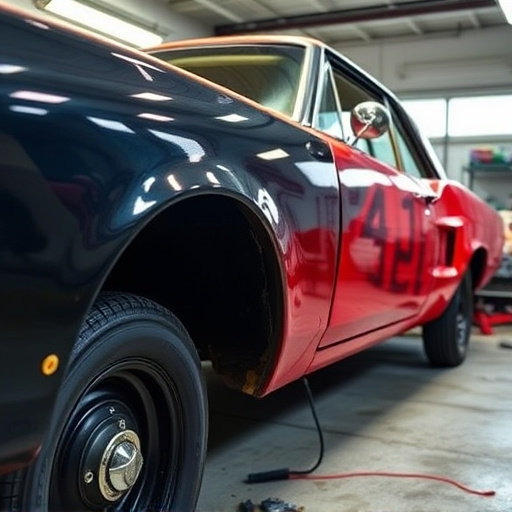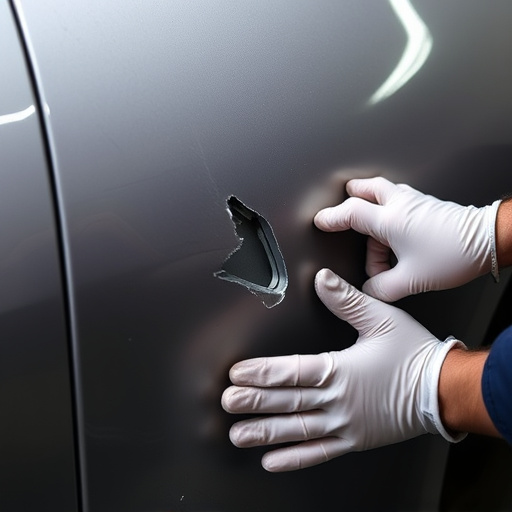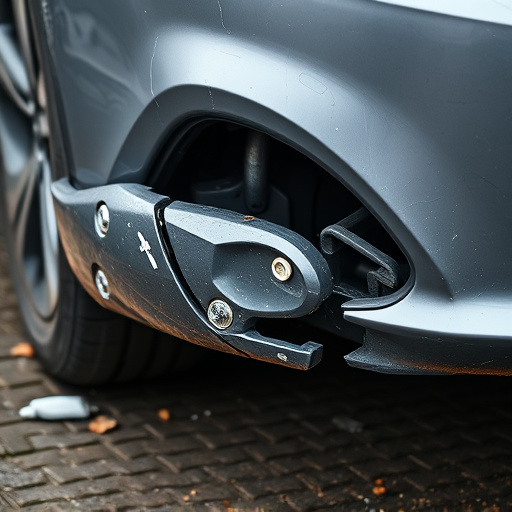Automotive professionals can leverage Paintless Dent Repair (PDR) techniques to offer efficient, cost-effective repairs for minor dents and scratches, enhancing shop services and customer appeal. DIY enthusiasts are adopting PDR through accessible online tutorials, enabling them to perform repairs and explore complex procedures, while the convenience of on-site PDR repairs further benefits customers.
“PDR techniques (paintless dent repair) are transforming auto repairs, offering a non-invasive approach to damage restoration. This article explores who should embrace these innovative methods. From seasoned professionals seeking enhanced skill sets to DIY enthusiasts eager to tackle their vehicles’ minor dents, PDR offers solutions. It also broadens the reach of auto repair services, appealing to modern consumers’ preferences for quick, efficient fixes without compromising quality. Discover why mastering PDR is a smart move in today’s competitive automotive landscape.”
- Professionals Benefiting from PDR Skills
- DIY Enthusiasts and Their Potential
- Enhancing Auto Repair Services' Reach
Professionals Benefiting from PDR Skills
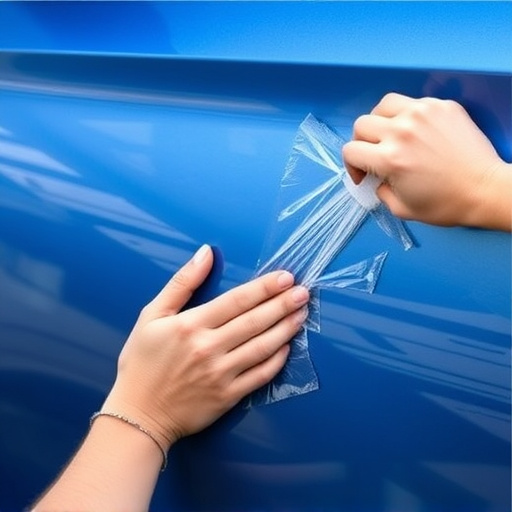
Professionals involved in the automotive industry can greatly benefit from learning PDR (Paintless Dent Repair) techniques. For auto body shops and collision centers, incorporating PDR into their service offerings opens up a range of advantages. Firstly, it allows them to provide more comprehensive repairs, especially for minor dents and scratches on vehicles. This non-invasive method is particularly useful for fender repair and can significantly reduce the time and cost associated with traditional paint jobs. By mastering PDR skills, these professionals can enhance their shop’s efficiency and stay competitive in the market.
Additionally, PDR technicians can work on a variety of vehicle types, from modern cars to classic cars, ensuring that diverse client bases are met. This versatile skill set is especially valuable for independent repair shops looking to expand their services without significant investment in new equipment. In terms of marketing and attracting customers, the ability to offer paintless dent repair as a solution for collision damage repair can set these businesses apart and draw in clients seeking efficient, cost-effective repairs.
DIY Enthusiasts and Their Potential

DIY enthusiasts have long been a driving force behind the automotive industry’s evolution, and their potential cannot be overlooked when it comes to PDR techniques. With the rise of online tutorials and accessible tools, many car owners are now taking on auto repairs and maintenance as a hobby, saving costs and gaining a deeper understanding of their vehicles. This shift towards DIY culture has opened doors for enthusiasts to explore various aspects of car care, including complex procedures like PDR.
For those passionate about cars, learning PDR techniques can be an exciting prospect. It allows them to tackle minor car damage repair, such as dent removal and scuff marks, on their own terms. The skill set not only enhances their ability to maintain their vehicles but also offers a creative outlet for personalizing their rides. Moreover, the potential for car body restoration using PDR methods is immense, empowering enthusiasts to restore their cars’ original gloss and attractiveness.
Enhancing Auto Repair Services' Reach
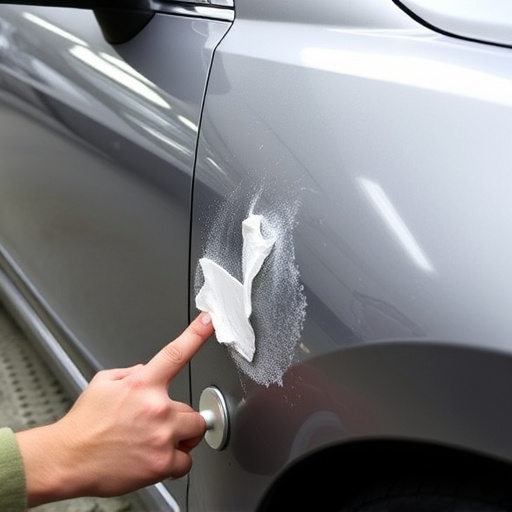
In today’s competitive auto repair industry, adopting cutting-edge technologies and techniques can significantly enhance a shop’s capabilities and market reach. PDR (Paintless Damage Repair) techniques have emerged as a game-changer in vehicle bodywork restoration. By mastering PDR, auto repair services can offer more comprehensive solutions without the need for extensive frame straightening or costly repainting. This not only saves time and reduces expenses but also appeals to environmentally conscious consumers who prefer less invasive repairs.
The integration of PDR into auto repair services allows technicians to address various types of damage, from minor dents and scratches to larger creases and buckles. This versatility means shops can cater to a broader customer base, including those with more modest budget constraints. Moreover, the ability to perform high-quality PDR repairs on-site increases convenience for clients, as they no longer need to arrange for transportation or wait for extended periods while their vehicles are in the shop.
PDR techniques have proven invaluable for both professional auto repair technicians seeking to enhance their skill set and DIY enthusiasts looking to tackle minor dents and dings. By learning these innovative methods, professionals can expand their service offerings, cater to a wider range of customers, and stay ahead in the competitive automotive industry. For DIYers, PDR opens doors to cost-effective solutions for common vehicle damage, fostering a sense of empowerment and self-reliance. Whether driven by professional growth or personal enrichment, mastering PDR techniques is a smart move for anyone interested in auto repairs.
